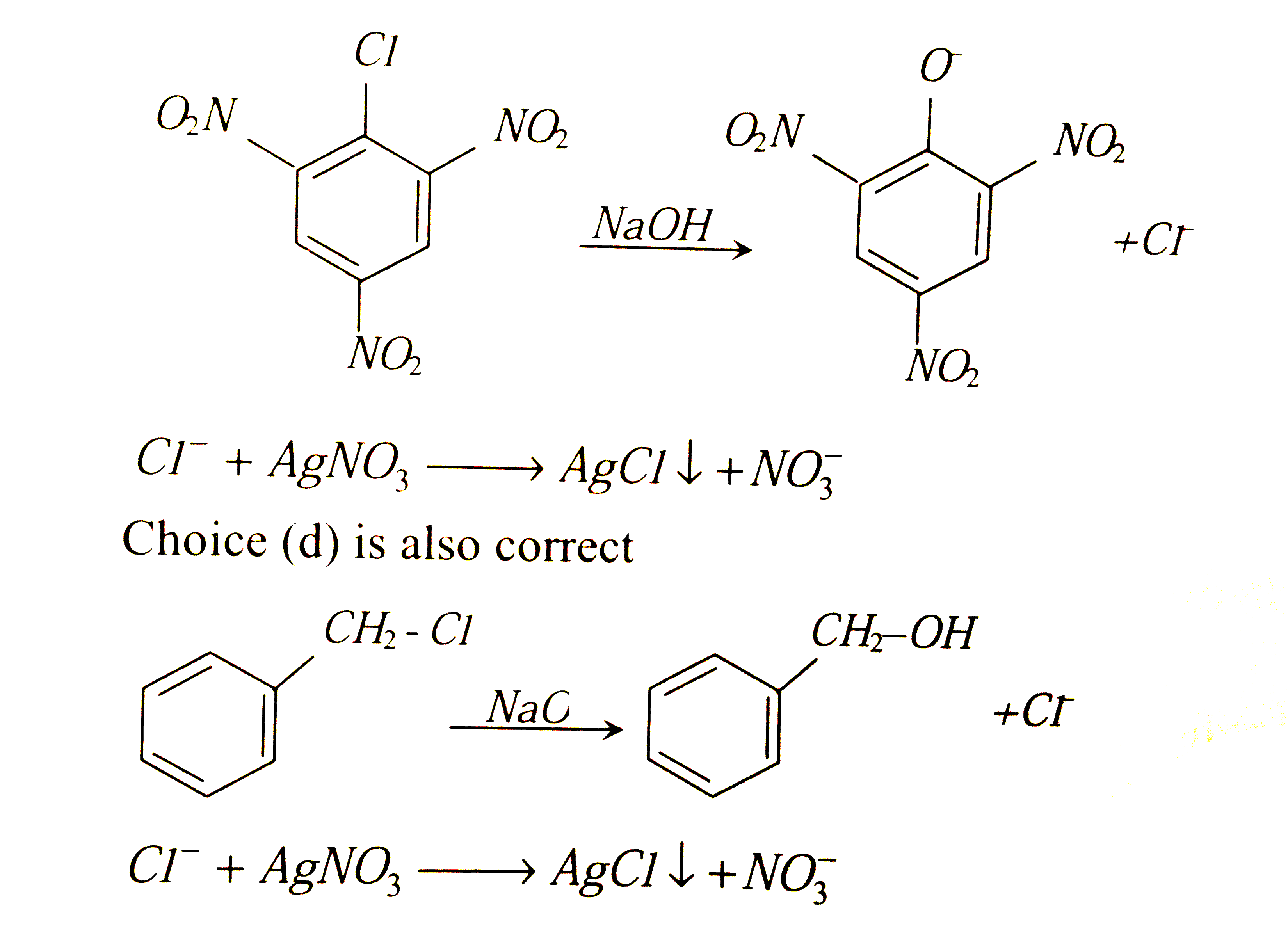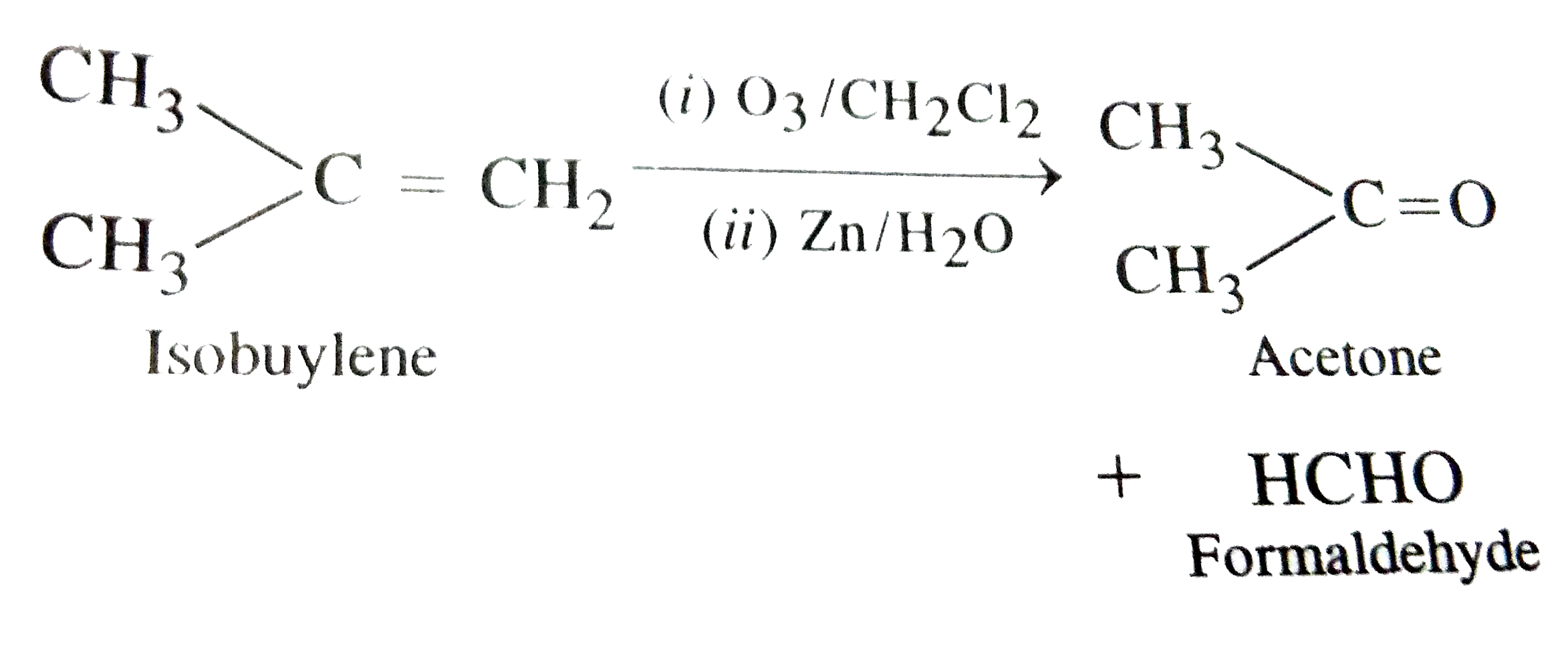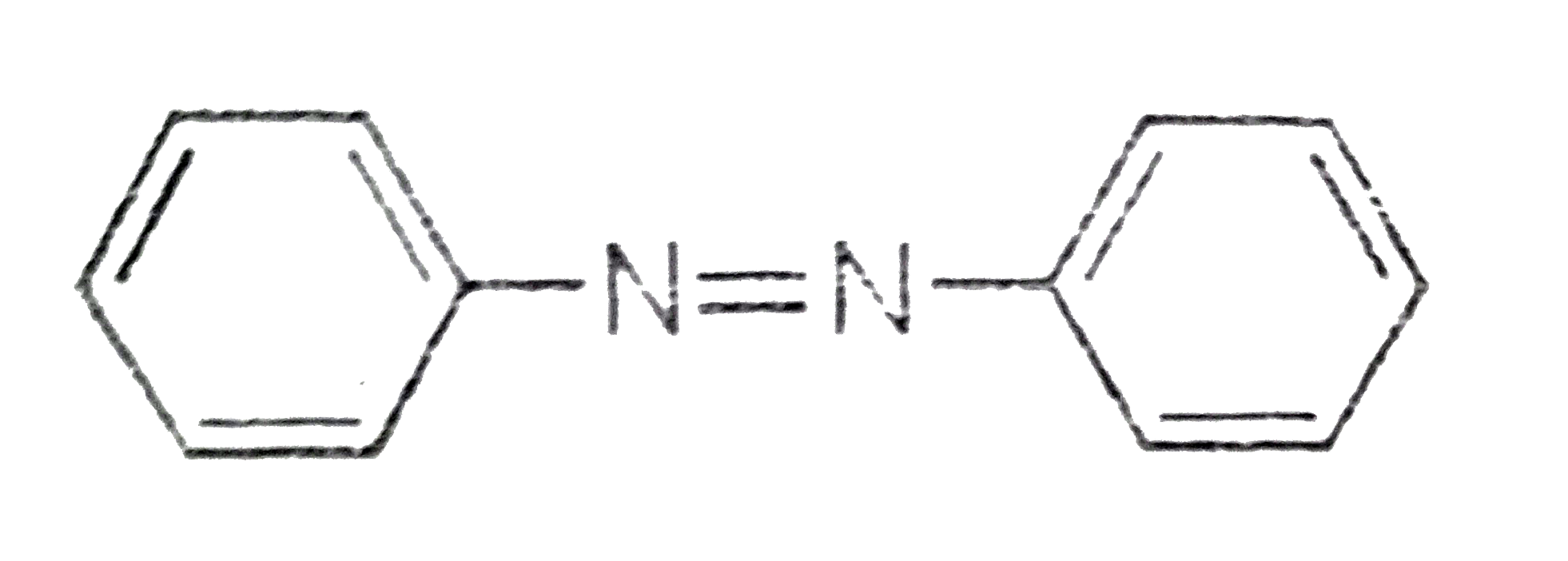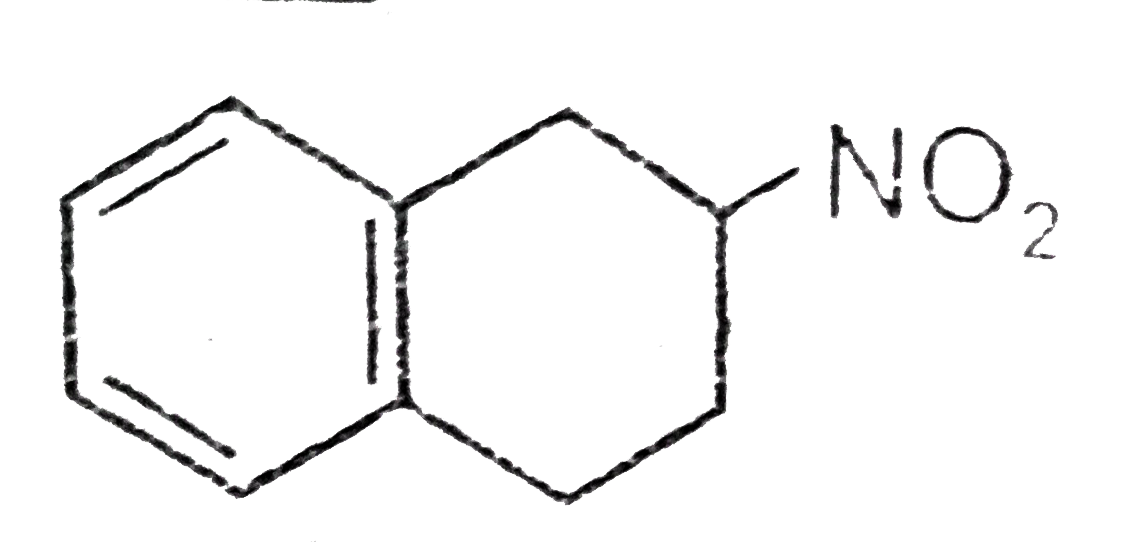Explore topic-wise InterviewSolutions in .
This section includes InterviewSolutions, each offering curated multiple-choice questions to sharpen your knowledge and support exam preparation. Choose a topic below to get started.
| 12901. |
The shape of SO_(4)^(2-) is |
|
Answer» SQUARE planar |
|
| 12903. |
Under what conditions of temperatue and pressure the formation of atomic hydrogen from molecular hydrogen will be favoured most |
|
Answer» HIGH temperatuer and high PRESSURE |
|
| 12904. |
Which of the following reagents would not be a good choice for reducing an aryl nitro compound to an amine ? |
|
Answer» `H_(2)" (EXCESS)"//Pt` |
|
| 12905. |
The weight of 50% (wt/wt) solution of HCl required to react with 100 g of CaCO_3 would be : |
|
Answer» 73 g |
|
| 12906. |
Which among the following is true for amorphous solids? |
|
Answer» They are super cooled solids |
|
| 12907. |
Which of the following react with benzoic acid to form ethyl benzoate |
|
Answer» Ethyl ALCOHOL `UNDERSET("BENZOICACID")(C_(6)H_(5)COOH)+underset("Ethylalcohol")(C_(2)H_(5)OH)overset(H_(2)SO_(4))to underset("Ethyl benzoate ")(C_(6)H_(5)COOC_(2)H_(5))+ underset("Water")(H_(2)O)` |
|
| 12909. |
Which one of the following is formed as a product when Benzoic anhydride is hydrolysed? |
| Answer» Solution :Benzoic acid | |
| 12910. |
Which mixture is used for respiration by deep sea divers? |
|
Answer» `O_(2) + He` |
|
| 12911. |
What is the product when vapour of ethyl alcohol is passed over Al_(2)O_(3) at 623K temperature ? |
| Answer» Solution :Ethene | |
| 12912. |
The standard enthalpy of combustion at 25^(@)C of hydrogen, cyclohexene (C_(6)H_(10)) and cyclohexane (C_(6)H_(12)) are -241, -3800 and -3920 kJ/ "mole" respectively. Calculate the heat of hydrogenation of cyclohexene. |
|
Answer» Solution :Given that, (i) `H_(2)(g)+(1)/(2)O_(2)(g) to H_(2)O(l),DELTAH=-241 "kJ"` (ii) `C_(6)H_(10)(g)+8(1)/(2)O_(2)(g) to 6CO_(2)(g)+5H_(2)O(l),DeltaH=-3800 "kJ"` (iii) `C_(6)H_(12)(g)+9O_(2)(g) to 6CO_(2)(g)+6H_(2)O(l),DeltaH=-3920"kJ"` We have to calculate `DeltaH` of the reaction, `C_(6)H_(10)(g)+H_(2)(g) to C_(6)H_(12)(g),DeltaH=?` Applying the INSPECTION method, i.e., Eqn.(i)+Eqn.(ii)-Eqn.(iii), we get, `H_(2)(g)+(1)/(2)O_(2)(g)+C_(6)H_(10)(g)+8(1)/(2)O_(2)(g)-C_(6)H_(12)(g)-9O_(2)(g) to H_(2)O(l)+6CO_(2)(g)+5H_(2)O(l)-6CO_(2)(g)-6H_(2)O(l),DeltaH=-241+(-3800)-(-3920)` or `C_(6)H_(10)(g)+H_(2)(g) to C_(6)H_(12)(g),DeltaH=-121 "kJ"` |
|
| 12913. |
Which of the following is chain growth polymer |
|
Answer» TEFLON |
|
| 12914. |
When acetic acid is dissolved in benzene its molecular mass: |
|
Answer» DECREASES |
|
| 12915. |
What is Schotten-Baumann reaction ? |
|
Answer» Solution :PHENOL reacts with benzoyl chloride in the presence of SODIUM hydroxide to form phenul benzoate . `C_6 H_5 OH + C_6 H_5 COCl OVERSET(NaOH)to C_6 H_5 OCO C_6 H_5 + HCL` This reaction is known as Schotten-Baumann reaction. |
|
| 12916. |
Which metal is chiefly used in galvanising Fe? |
|
Answer» Cr |
|
| 12917. |
Which of the following chemical can act as non-classical ligand(s) ? |
|
Answer» CO |
|
| 12918. |
Write the nernst equation and the e.m.f. of the following cells at 298K: (i) Mg(s)|Mg^(2+)(0.001M)||Cu^(2+)(0.0001M)|Cu(s) (ii) Fe(s)|Fe^(2+)(0.001M)||H^(+)(1M)|H_(2)(g)(1" bar")|Pt(s) (iii) Sn(s)|Sn^(2+)(0.050M)||H^(+)(0.020M)|H_(2)(g)(1" bar")|Pt(s) (iv) Pt(s)|Br_(2)(l)|Br^(-)(0.010M)|H^(+)(0.030M)|H_(2)(g)(1" bar")|Pt(s) Given E_(Mg^(2+)//Mg)^(@)=-2.37V,E_(Cu^(2+)//Cu)^(@)=+0.34V,E_(Fe^(2+),Fe)^(@)=-0.44V E_(Sn^(2+)//Sn)^(@)=-0.14V,E_(1//2Br_(2),Br^(-))^(@)=+1.08V. |
|
Answer» SOLUTION :(i) Cell reaction: `Mg+Cu^(2+)toMg^(2+)+Cu(n=2)` <BR> nernst eqn.: `E_(cell)=E_(cell)^(@)-(0.0591)/(2)"LOG"([Mg^(2+)])/([Cu^(2+)])` `E_(cell)=0.34-(-2.37)-(0.0591)/(2)"log"(10^(-3))/(10^(-4))=2.71-0.02955=2.68V` (ii) Cell reaction: `Fe+2H^(+)toFe^(2+)+H_(2)(n=2)` Nernst eqn.: `E_(cell)=E_(cell)^(@)-(0.0591)/(2)"log"([Fe^(2+)])/([H^(+)]^(2))` `thereforeE_(cell)=0-(-0.44)-(0.0591)/(2)"log"(10^(-3))/((1)^(2))=0.44-(0.0591)/(2)xx(-3)=0.44+0.0887=0.523V`. (iii) Cell reaction: `Sn+2H^(+)toSn^(2+)+H_(2)(n=2)` Nernst eqn. : `E_(cell)=E_(cell)^(@)-(0.0591)/(2)"log"([Sn^(2+)])/([H^(+)]^(2))=0-(-0.14)-(0.591)/(2)"log"(0.05)/((0.02)^(2))` `=0.14-(0.0591)/(2)log125=0.14-(0.0591)/(2)(2.0969)=0.078V` (iv) Cell reaction: `2Br^(-)+2H^(+)toBr_(2)+H_(2)` (Note carefully) ltrgt Nernst eqn. : `E_(cell)=E_(cell)^(@)-(0.0591)/(2)"log"(1)/([Br^(-)]^(2)[H^(+)]^(2))` `therefoerE_(cell)=(0-1.08)-(0.0591)/(2)"log"(1)/((0.01)^(2)(0.03)^(2))` `=-1.08-(0.0591)/(2)log(1.111xx10^(7))=-1.08-(0.0591)/(2)(7.0457)=-1.08-0.208=-1.288V` Thus, oxidation will OCCURS at the HYDROGEN electrode and reduction on the `Br_(2)` electrode. `E_(cell)=1.288V`. |
|
| 12919. |
Which compund is deliquescent ? |
|
Answer» `Hg_2Cl_2` |
|
| 12920. |
Which of the following compounds will give negative Lassaigne is test for Nitrogen? |
|
Answer»
|
|
| 12921. |
Write one chemical reaction each to illustrate the following : (i) Williamson.s synthesis (ii) Reimer - Tiemann reaction |
Answer» SOLUTION :(i) Williamson.s SYNTHESIS :  (II) REIMER - Teimann REACTION : 
|
|
| 12922. |
What happens when freshly precipitated ferric hydroxide is treated with dilute ferric chloride |
| Answer» | |
| 12923. |
What is tincture iodine ? What its use ? |
| Answer» Solution :2 to `3%` solution of IODINE dissolve SALTS of long chain benzene sulphonic ACID and long chain alkyl HYDROGEN sulphate. | |
| 12924. |
Which of following statement is not correct ? |
|
Answer» Only `ALPHA` - amino acids are OBTAINED on HYDROLYSIS of PROTEINS |
|
| 12925. |
Unidentate ligands containing more than one coordinating atoms are called ……. Ligands. |
| Answer» SOLUTION :AMBIDENTATE | |
| 12926. |
Which of the following can not be explained on the basis of polarisation :- |
|
Answer» `Ag_(2)S` is MUCH less soluble than `Ag_(2)O` |
|
| 12928. |
Which is/are the correct method for separating a mixture of benzoic acid, p-methylanline & phenol. |
|
Answer» `OVERSET(aq.NaHCO_3)tooverset(aq.NaOH)to` 
|
|
| 12929. |
Which of the following metal is obtained by self reduction method? |
|
Answer» Fe |
|
| 12930. |
Volume occupiedby singleCsClionpairin acrystalis 7.014 xx10^(-23) cm^(3). ThesmallestCs-Csinternucleardistanceis equal to lengthof thesideof thecubecorrespondingtoVolumeof oneCsClionpair, thesmallestCsto Csinternucleardistanceisnearly________. |
|
Answer» `4.4Å` |
|
| 12931. |
Which is used in the manufacture of thermosoftening plastic perspex? |
|
Answer» Acetaldehyde |
|
| 12932. |
Which of the following alcohols give ketone on oxidation ? |
|
Answer» Propan-2-ol |
|
| 12933. |
The solubility of A_(2)X_(3) is y mol dm^(-3). Its solubility product is |
|
Answer» `6 y^(4)` or `K_(sp) = 108 y^(5)` |
|
| 12934. |
Which of the following will increase the voltage of the cell |
|
Answer» Increase in the concentration of`SN^(2+)` ions |
|
| 12935. |
Which of the followingorganic compound will give white precipitate with AgNO_(3) |
|
Answer» `C_(6)H_(5)NH_(3)^(+)Cl^(-)`  `AgNO_(3) + Cl^(-) rarr AgCldarr + NO_(3)^(-)` Choice (b) is CORRECT `NaCl +AgNO_(3) rarr AgCldarrNaNO_(3)` Choice (c ) is correct . 
|
|
| 12936. |
Which statement is true in regard to a spontaneous redox reaction ? |
|
Answer» `E_(red)` is ALWAYS negative |
|
| 12937. |
Write the IUPAC names of the following coordination compounds: (a)[CoCl_2(en)_2]Cl, (b)[Ni(CO)_4], (c)[Pt(NH_3)_2Cl(NO_2)] , (d)[Cr(NH_3)_6][Co(CN)_6] |
| Answer» SOLUTION : (a) Dichloridobis(ethane-1,2-diammine) cobalt(III) CHLORIDE, (b) TETRACARBONYLNICKEL(0),(C) Diamminechloridonitrito-N-platinum(II) and (d)Hexaamminechromium(III) hexacyanocobaltate(III) | |
| 12938. |
Which of the following regarding basic nature of amine is correct |
|
Answer»
|
|
| 12939. |
Which of the following does not contain a symmetrical structure ? |
|
Answer» `H_(2)S_(2)O_(4)` |
|
| 12940. |
Which of the following complexes formed by Cu^(2+) ions most stable ? |
|
Answer» `Cu^(2)+4NH_(3)hArr[Cu(NH_(3))_(4)]^(2+), LOG K=11.6` |
|
| 12941. |
What are cross linked (or network) polymers:? Give example. |
| Answer» SOLUTION :CROSS linked polymers (or) network polymers: These are usually formed from bi FUNCTIONAL and TRI functional monomersand contain strong covalent bonds between various LINEAR polymer chains.E.g.:Bakelite,melamine etc. | |
| 12942. |
Which of the following cannot reduce Tollens' reagent? |
|
Answer» HCOOH |
|
| 12943. |
What are biodegradable and non-biodegradable detergents? Give one example of each class. |
| Answer» SOLUTION :Detergents having straight hydrocarbon chains are easily degraded (or decomposed) by MICROORGANISM and hence are called biodegradable detergents while detergents CONTAINING branched hydrocarbon chains are not easily degraded by the microorganisms and hence are called NON biodegradable detergents. Consequently, non-biodegradable detergents accumulate in rivers and other waterways THEREBY causing severe water pollution. Examples of biodegradable detergents are sodium lauryl sulphate, sodium 4-(1-dodecyl)benzene sulfonate and sodium 4-(2-dodecyl)benzene sulfonate. An example of non-biodegradable detergent is sodium 4-(1, 3, 5, 7-tetramethyl) octylbenzene sulfonate. | |
| 12944. |
Vortex rings in air are formed by: |
|
Answer» `PH_3` |
|
| 12945. |
Which of the following compounds will react with alcoholic KNC ? |
|
Answer» ETHYL chloride 
|
|
| 12946. |
What does 'A' represent in Arrhenius equation giving the change of reaction velocity with change of temperature? |
| Answer» SOLUTION :FREQUENCY FACTOR | |
| 12947. |
What are elastomers ? Give one example. |
| Answer» Solution :Polymers in which the intermolecular forces of ATTRACTION between the POLYMER chains are the WEAKEST are called elastomers. For EXAMPLE , natural rubber or vulcanized rubber. | |
| 12948. |
Which of the following reactions are both sterospecific and steroselective ? |
| Answer» Solution :`SN^(2)` and `E2` are both sterospecific because theattack from the back by `Nu^(o-)` in `SN^(2)` and attack by base `E2`(at `beta-H` atom) are SPECIFIC. Both of them FORM exvulsively only one product. | |
| 12949. |
Which of the following alloys does not contain copper ? |
|
Answer» DELTA metal |
|
| 12950. |
What are n-type semiconductors ? |
| Answer» Solution :n-type SEMICONDUCTORS are those substances which having impurity with EXTRA ELECTRONS. Example : When Silicon doped with group-`15^(th)` ELEMENT, n-type SEMICONDUCTOR is obtained. | |





